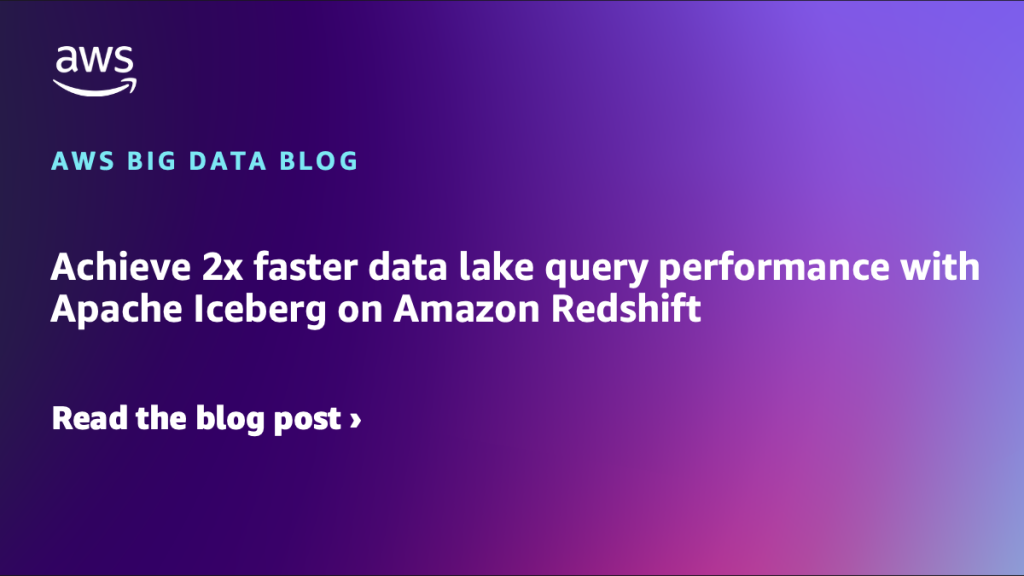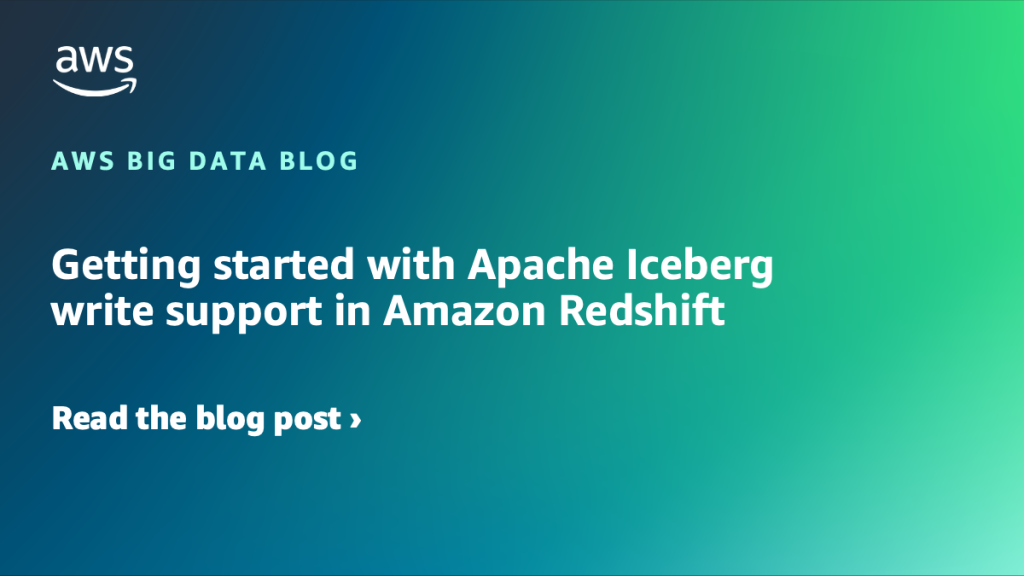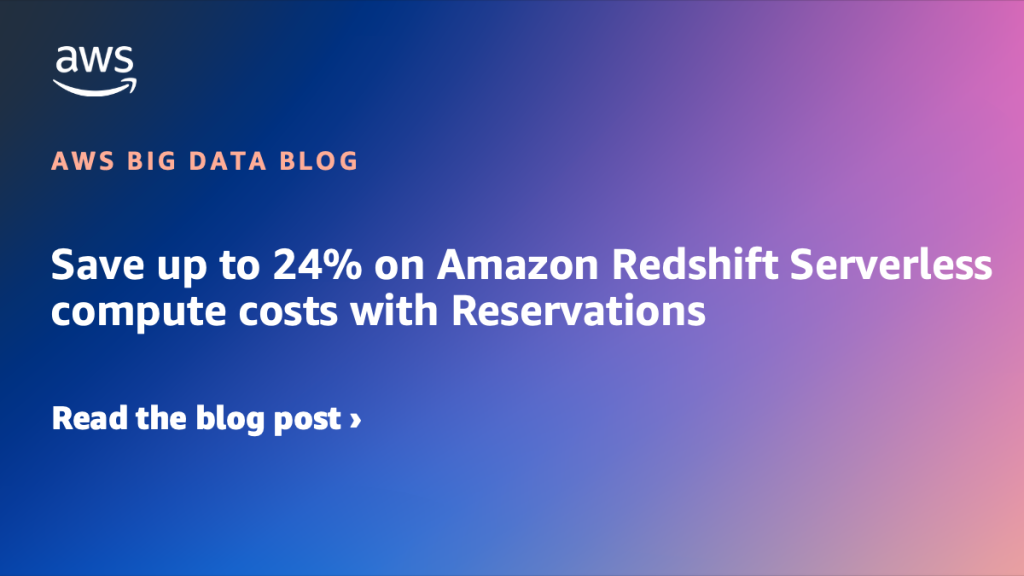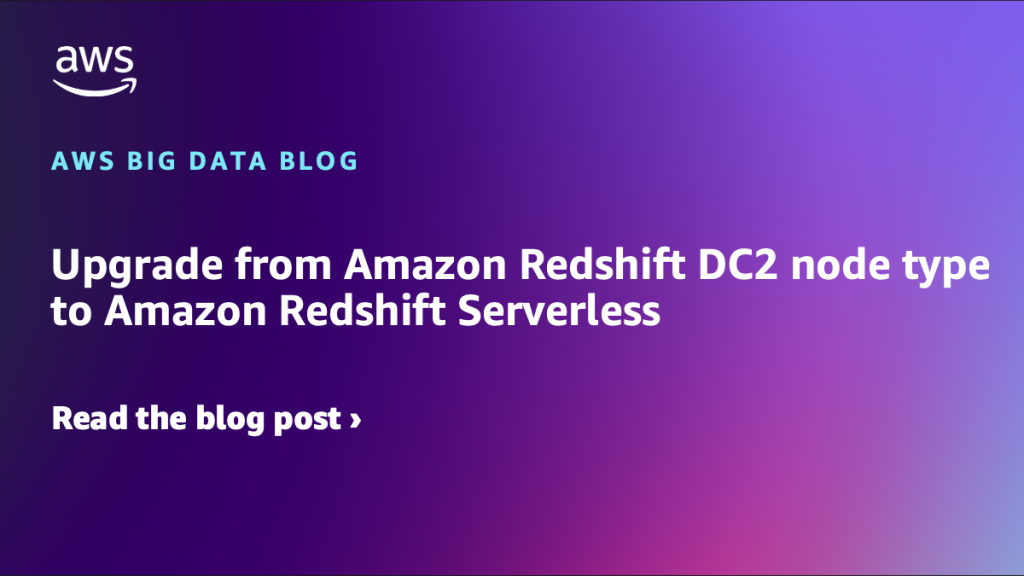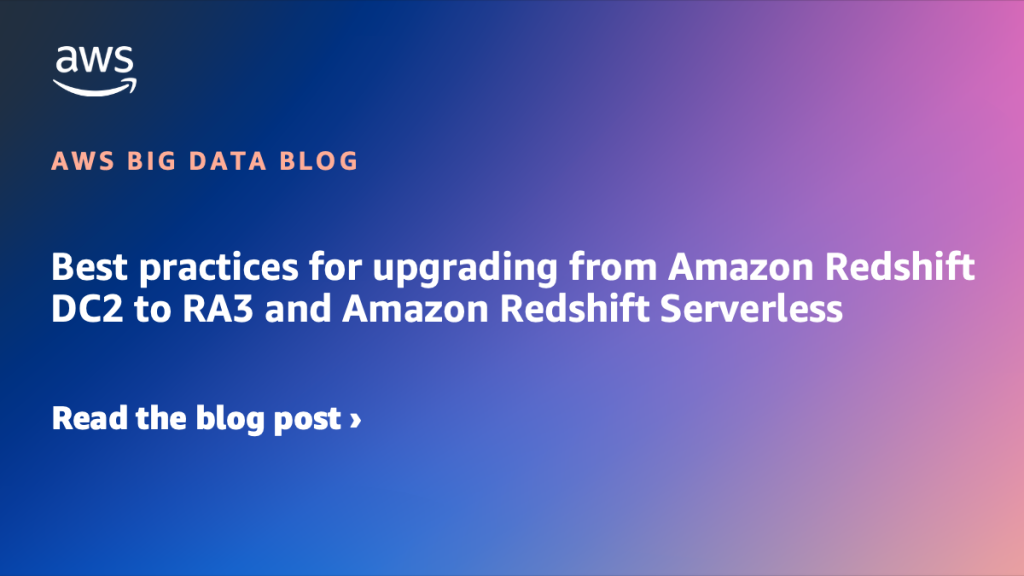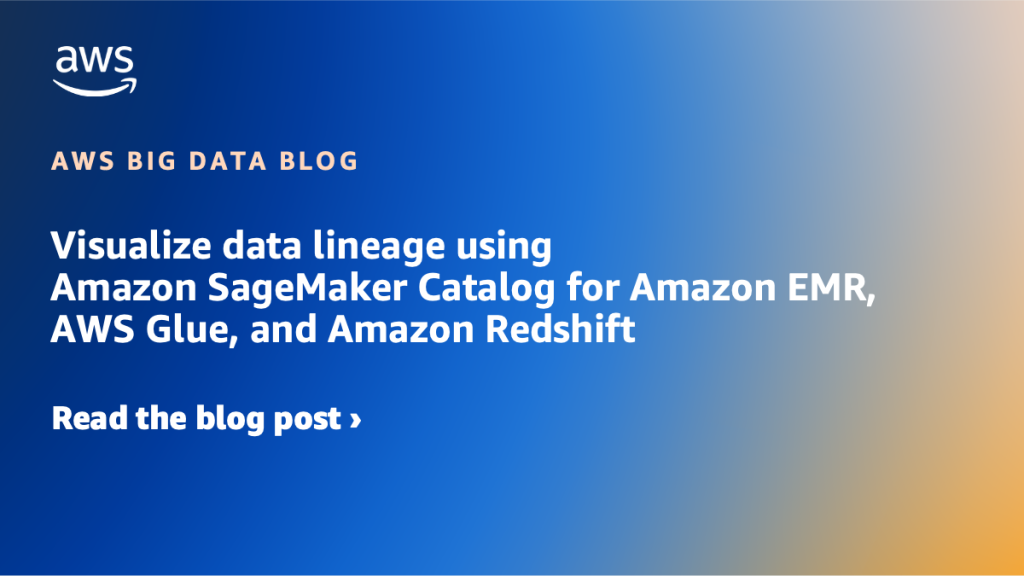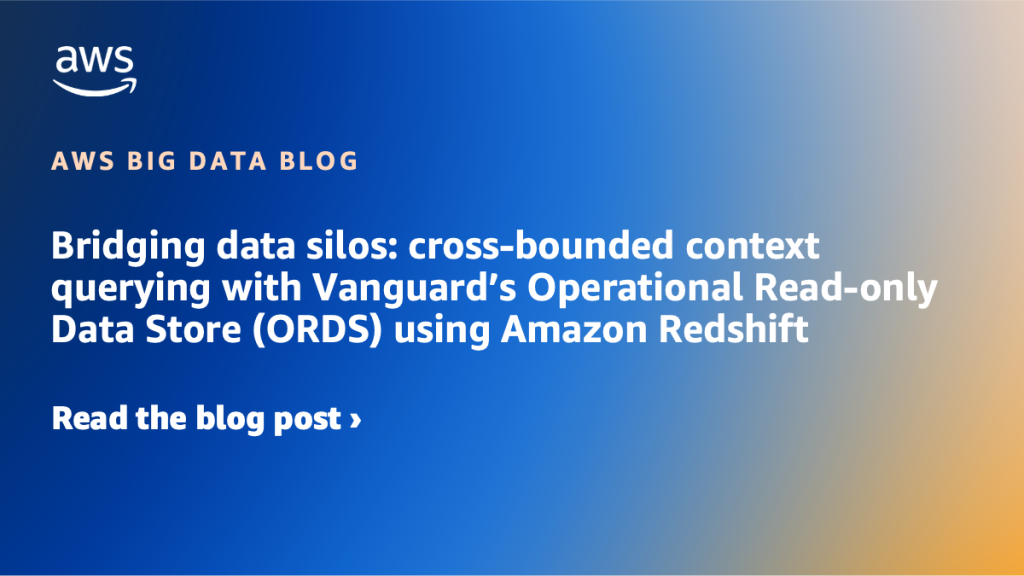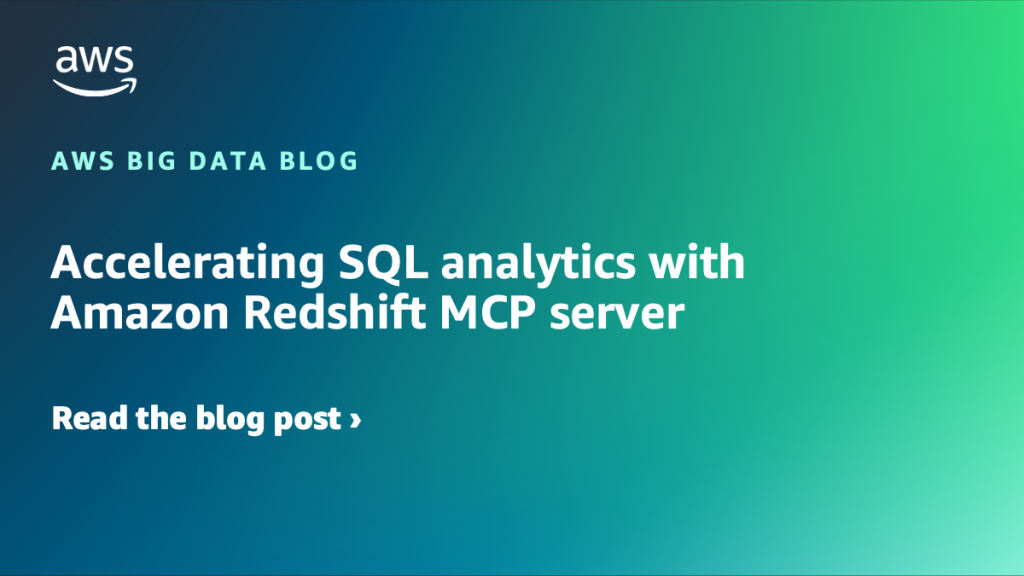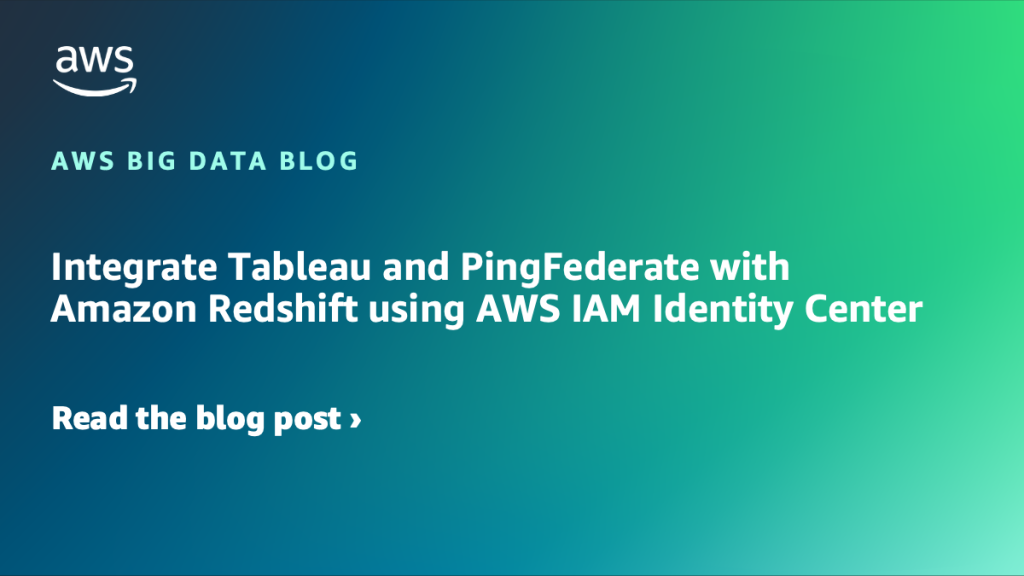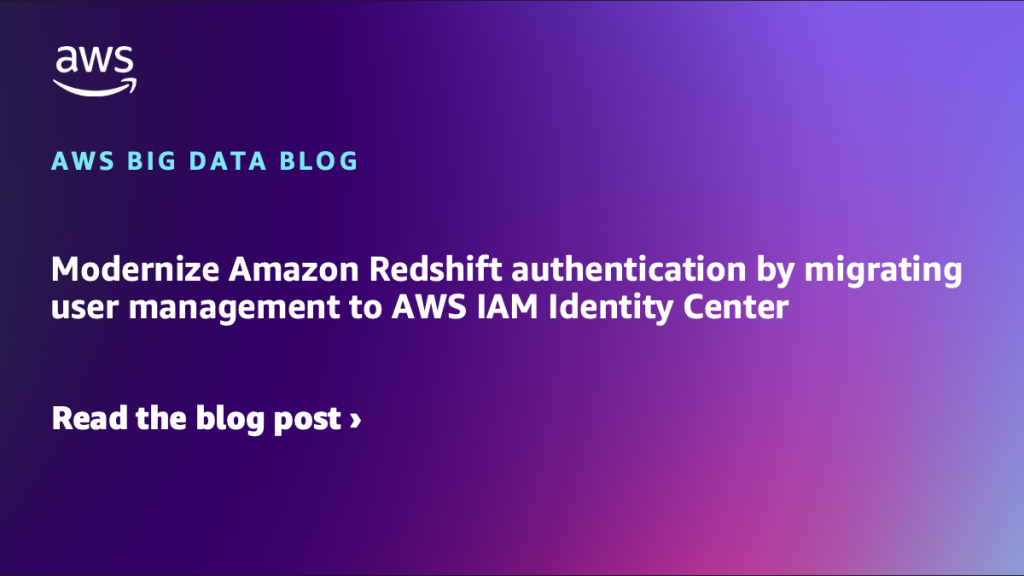AWS Big Data Blog
Category: Amazon Redshift
Achieve 2x faster data lake query performance with Apache Iceberg on Amazon Redshift
In 2025, Amazon Redshift delivered several performance optimizations that improved query performance over twofold for Iceberg workloads on Amazon Redshift Serverless, delivering exceptional performance and cost-effectiveness for your data lake workloads. In this post, we describe some of the optimizations that led to these performance gains.
Getting started with Apache Iceberg write support in Amazon Redshift
In this post, we show how you can use Amazon Redshift to write data directly to Apache Iceberg tables stored in Amazon S3 and S3 Tables for seamless integration between your data warehouse and data lake while maintaining ACID compliance.
Save up to 24% on Amazon Redshift Serverless compute costs with Reservations
In this post, you learn how Amazon Redshift Serverless Reservations can help you lower your data warehouse costs. We explore ways to determine the optimal number of RPUs to reserve, review example scenarios, and discuss important considerations when purchasing these reservations.
Upgrade from Amazon Redshift DC2 node type to Amazon Redshift Serverless
In this post, we show you the upgrade process from DC2 instances to Amazon Redshift Serverless. By using Amazon Redshift Serverless, you can run and scale analytics without managing data warehouse infrastructure.
Best practices for upgrading from Amazon Redshift DC2 to RA3 and Amazon Redshift Serverless
As analytical demands grow, many customers are upgrading from DC2 to RA3 or Amazon Redshift Serverless, which offer independent compute and storage scaling, along with advanced capabilities such as data sharing, zero-ETL integration, and built-in artificial intelligence and machine learning (AI/ML) support with Amazon Redshift ML. This post provides a practical guide to plan your target architecture and migration strategy, covering upgrade options, key considerations, and best practices to facilitate a successful and seamless transition.
Visualize data lineage using Amazon SageMaker Catalog for Amazon EMR, AWS Glue, and Amazon Redshift
Amazon SageMaker offers a comprehensive hub that integrates data, analytics, and AI capabilities, providing a unified experience for users to access and work with their data. Through Amazon SageMaker Unified Studio, a single and unified environment, you can use a wide range of tools and features to support your data and AI development needs, including […]
Bridging data silos: cross-bounded context querying with Vanguard’s Operational Read-only Data Store (ORDS) using Amazon Redshift
At Vanguard, we faced significant challenges with our legacy mainframe system that limited our ability to deliver modern, personalized customer experiences. Our centralized database architecture created performance bottlenecks and made it difficult to scale services independently for our millions of personal and institutional investors. In this post, we show you how we modernized our data architecture using Amazon Redshift as our Operational Read-only Data Store (ORDS).
Accelerating SQL analytics with Amazon Redshift MCP server
In this post, we walk through setting up the Amazon Redshift MCP server and demonstrate how a data analyst can efficiently explore Redshift data warehouses and perform data analysis using natural language queries.
Integrate Tableau and PingFederate with Amazon Redshift using AWS IAM Identity Center
In this post, we outline a comprehensive guide for setting up single sign-on from Tableau desktop to Amazon Redshift using integration with IAM Identity Center and PingFederate as the identity provider (IdP) with an LDAP based data store, AWS Directory Service for Microsoft Active Directory.
Modernize Amazon Redshift authentication by migrating user management to AWS IAM Identity Center
Amazon Redshift is a powerful cloud-based data warehouse that organizations can use to analyze both structured and semi-structured data through advanced SQL queries. As a fully managed service, it provides high performance and scalability while allowing secure access to the data stored in the data warehouse. Organizations worldwide rely on Amazon Redshift to handle massive […]
